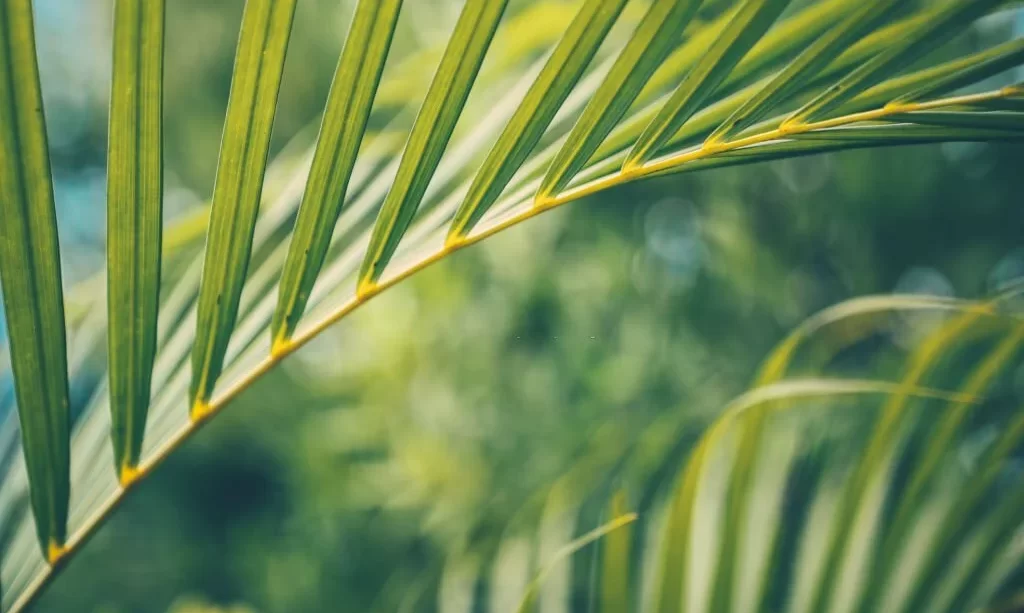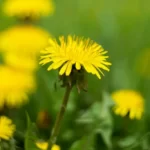Georgia, the southeastern gem of the United States, is a state rich in natural beauty and diverse landscapes. From the lush forests of the northern mountains to the picturesque coastline along the Atlantic Ocean, Georgia’s geography and climate vary considerably. One question that often piques curiosity is whether palm trees are a natural part of this southern state’s scenery. Are there palm trees in Georgia, and do they thrive in this diverse environment? In this article, we will explore the state’s climate, geography, and native plant species to determine the presence and significance of palm trees in the Peach State.
Climate and Geography of Georgia
Georgia’s geographical diversity is truly remarkable. This state, nestled in the southeastern corner of the United States, spans from the Blue Ridge Mountains in the north to the coastal plains in the south. The climate in Georgia is heavily influenced by its proximity to the Atlantic Ocean and the Gulf of Mexico.
In the northern regions, the Appalachian Mountains contribute to a mountainous terrain with cooler temperatures and ample precipitation. These areas exhibit characteristics of a humid subtropical climate, with mild winters and warm, humid summers. As one travels southward, Georgia’s landscape transitions into rolling hills and flat coastal plains. The southern regions experience a more typical subtropical climate, with hot and humid summers and mild winters.
Native Plant Species in Georgia
Before delving into the presence of palm trees in Georgia, it’s essential to understand the native flora that naturally inhabits this state. Georgia boasts an impressive array of native plant species, thanks to its diverse landscapes. Historically, the flora of Georgia has adapted to the state’s climate, geography, and varying soil types.
Native plant species in Georgia include a wide range of trees, shrubs, and wildflowers. The state’s forests are home to species like the southern live oak, longleaf pine, and American holly. In wetlands and swamps, you can find iconic plants such as cypress trees and water lilies. Moreover, various types of grasses and flowering plants thrive in the open plains and meadows of Georgia.
Understanding the native plant species in Georgia is crucial to evaluate the suitability and presence of palm trees in the region. The natural flora provides a basis for comparing the adaptability of palm trees and their place within this intricate ecosystem.
In the following sections, we will delve deeper into the presence of palm trees in Georgia, both native and non-native, and explore the unique challenges and opportunities that this diverse state presents for these iconic and resilient trees.
The Southernmost Regions of Georgia
The southernmost regions of Georgia hold a unique distinction within the state’s geography and climate. These areas are where you’ll find a climate that most closely resembles a subtropical or even tropical environment. The counties bordering the Atlantic coast, including places like Savannah and St. Simons Island, experience milder winters and higher temperatures compared to the northern parts of the state.
In these southern reaches of Georgia, you can indeed find palm trees dotting the landscape. The warmer and more humid climate of the coastal regions provides a favorable environment for certain palm species to thrive. Palms such as the sabal palmetto, also known as the cabbage palm, are native to this region and are well adapted to the local conditions. These palms often serve as an iconic symbol of the state’s coastal beauty.
Non-Native Palm Trees in Georgia
Beyond the native palm trees found in the southernmost regions, Georgia also boasts several non-native palm species. These palms are often introduced to the state for their aesthetic appeal and adaptability to the local climate. One of the most popular non-native palm trees in Georgia is the windmill palm (Trachycarpus fortunei). Native to China, this palm is prized for its cold hardiness, making it suitable for cultivation in various parts of the state, even in the northern, cooler regions.
Another non-native palm species commonly seen in Georgia is the queen palm (Syagrus romanzoffiana). Originally from South America, it is known for its elegant appearance and feather-like fronds. These non-native palms have found their way into gardens, parks, and urban landscapes throughout Georgia, adding a touch of the tropics to the state’s scenery.
Native Palmetto Palms in Georgia
One of the most iconic and notable palm species found in Georgia is the native palmetto palm, scientifically known as Sabal palmetto. This palm species, also known as the cabbage palm, is the state tree of South Carolina and can be found in the southernmost regions of Georgia, particularly along the coastal areas. The sabal palmetto is renowned for its resilience and adaptability to a wide range of soil types and environmental conditions.
Native palmetto palms are a defining feature of Georgia’s coastal landscapes. Their fan-shaped fronds and distinctive, unbranched trunks add a touch of tropical elegance to the region. Historically, these palms played a significant role in the lives of Native American tribes and early settlers, who used them for various purposes, including shelter and food.
The sabal palmetto’s presence in Georgia serves as a testament to the state’s unique combination of subtropical and temperate climates, making it a suitable habitat for both native and non-native palm species. In the following sections, we’ll explore the challenges that palm trees face in Georgia’s diverse climate and the efforts to preserve and promote these iconic trees.
Challenges for Palm Trees in Georgia
While palm trees, both native and non-native, can thrive in various parts of Georgia, they are not without their challenges. The state’s diverse climate and geography create both opportunities and obstacles for these iconic trees. One of the primary challenges is the occasional cold snaps that can occur even in the southern regions. Palm trees are adapted to warmth, and prolonged periods of cold can damage or even kill them. To counteract this, residents in regions where freezing temperatures are more common often employ protective measures, such as wrapping the trunks of their palm trees to insulate them from the cold.
Furthermore, the coastal regions of Georgia face the constant threat of tropical storms and hurricanes. These weather events, while not frequent, can be destructive to palm trees, particularly when accompanied by strong winds and heavy rainfall. However, the resilient nature of many palm species enables them to recover from such adversity.
Human impact is another challenge. Urban development, landscaping practices, and invasive species can all affect the health and well-being of palm trees in the state. Sustainable land use and conservation efforts are crucial to mitigate these threats and protect the iconic palm trees that grace Georgia’s landscapes.
Growing Palm Trees in Georgia
For those who wish to introduce palm trees to their own landscapes in Georgia, careful consideration is essential. Selecting the right palm species that matches the local climate and soil conditions is crucial for success. Non-native species like the windmill palm, queen palm, and the highly adaptable pindo palm (Butia capitata) are commonly grown in the state.
To promote healthy growth, proper care and maintenance are key. Regular watering, especially during dry spells, is important, as is providing adequate nutrients to support the palm’s development. Ensuring well-draining soil and proper mulching can help prevent root rot and other moisture-related issues.
While some palm species can tolerate colder temperatures, providing winter protection during occasional frosts or freezes is advisable, particularly in the northern parts of the state. By understanding the specific needs of the chosen palm species and taking appropriate steps to address them, residents and landscapers can successfully grow and maintain these elegant trees in their yards and gardens.
Conclusion
In conclusion, Georgia’s landscape is as diverse as it is beautiful, and palm trees find their place in this multifaceted environment. While the southernmost regions offer a natural habitat for native palms and some non-native species, other parts of the state enthusiastically embrace the aesthetic appeal and character of palm trees in urban and suburban settings.
Understanding the challenges that palm trees face, from climatic fluctuations to human impact, is crucial for their preservation and sustainable growth in the state. Georgia’s palms, both native and non-native, stand as symbols of the unique combination of subtropical and temperate influences that shape the state’s environment.
So, the answer to the question, “Are there palm trees in Georgia?” is a resounding yes. These iconic trees contribute to the state’s charm, bringing a touch of the tropics to the Peach State’s varied landscapes. Whether standing tall along the coast or gracing residential gardens, palm trees are a testament to the beauty and adaptability of nature in the diverse state of Georgia.



